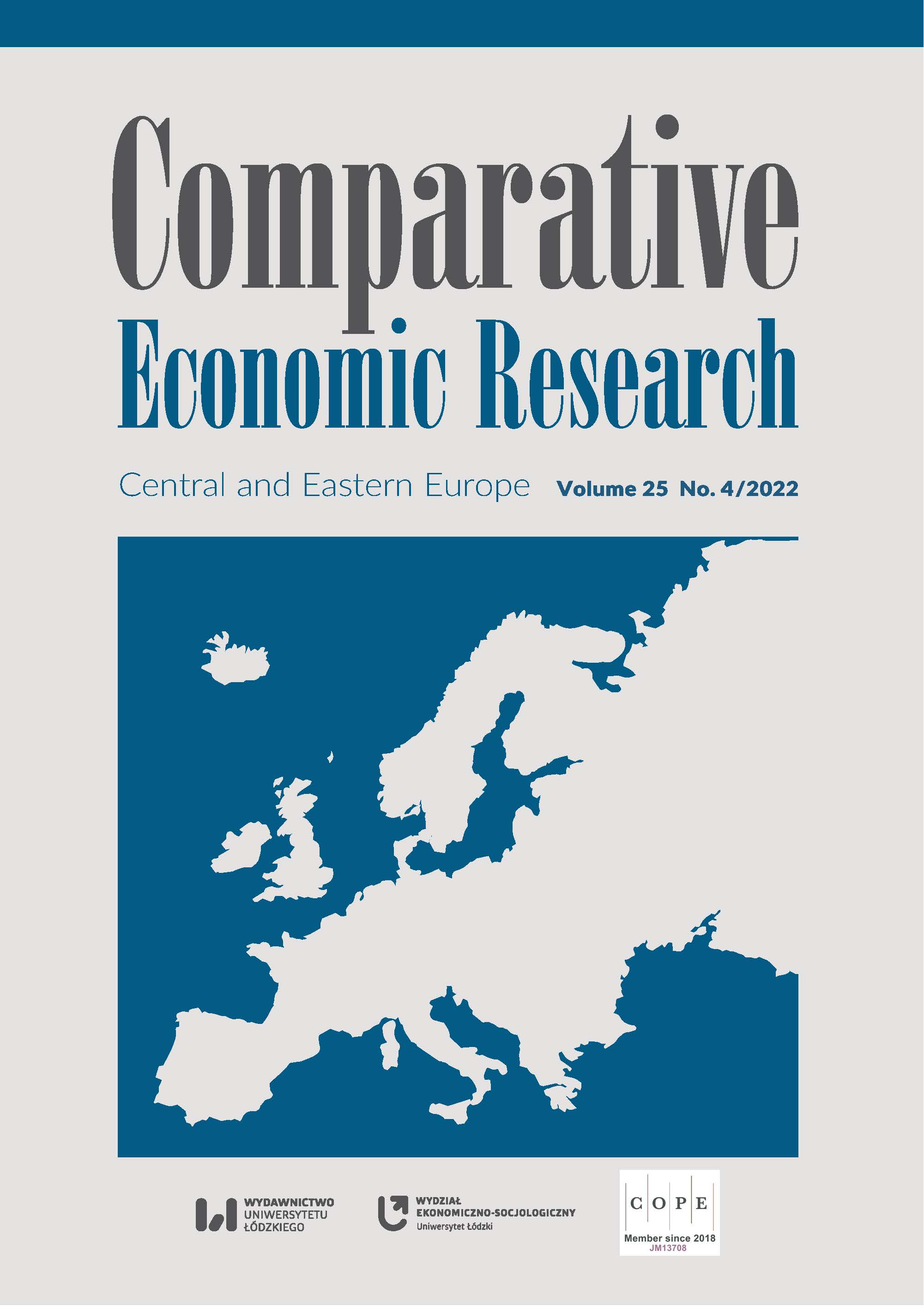Public Debt Management Experience: The Case of EECCA Countries
Public Debt Management Experience: The Case of EECCA Countries
Author(s): Mayуa Valerianovna Dubovik, Sevar Mammadova, Anar Huseynov, Petar Pajkovic, Lesya BozhkoSubject(s): Economy, Public Finances, Accounting - Business Administration
Published by: Wydawnictwo Uniwersytetu Łódzkiego
Keywords: internal debt; external debt; debt management; public debt management tools; developing economies
Summary/Abstract: The aim of this study is to cluster the most widely used public debt management tools peculiar to the EECCA (Eastern Europe, Caucasus, and Central Asia) markets. Overall, the results show that the volume of EECCA countries’ public debt relative to GDP declined from 2000 to 2015. However, as their public debt enhanced after 2016 and until 2020, inclusive, the need to choose proper tools for its management intensified. The main cause of public debt in most EECCA countries is the state budget deficit (Kazakhstan, Kyrgyzstan, Moldova, Russia, Tajikistan, Uzbekistan). The second place was taken by the balance of payments deficit (Armenia, Belarus). The only unique country was Azerbaijan, since it is likely to use public debt to finance economic and infrastructure development projects. No less interesting is that not all EECCA member states generate internal public debt. Kyrgyzstan, Moldova, and Uzbekistan have external public debt exclusively due to the lack of free resources that can be attracted from within the economy. In general, the investigation revealed that the main tool for managing internal public debt in EECCA countries is public bonds issued in national and foreign currencies. As for external public debt management, the top position is taken by external public bonds and international loans. The study has only two limitations: methodological and implementation. Other macroeconomic indicators of economic development were not considered, even though they may change the assessment of the effectiveness of the selected tools of public debt management. Meanwhile, the results can only be applied to those countries whose financial market is already formed and who have access to international financial markets. Otherwise, the tools of public debt management are limited.
Journal: Comparative Economic Research. Central and Eastern Europe
- Issue Year: 25/2022
- Issue No: 4
- Page Range: 65-85
- Page Count: 21
- Language: English

